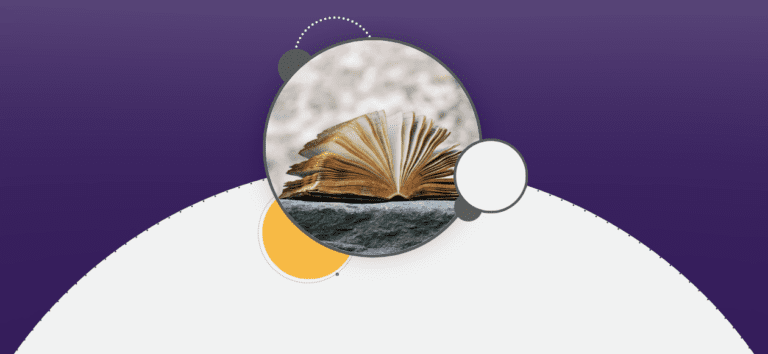We have a series Customer Case Studies, in which we take your stories and share your challenges and successes as a learning tool for other RunSignup users. This Race to Robie Creek Case Study focuses on a smooth sellout process.
 The Race to Robie Creek and RunSignup
The Race to Robie Creek and RunSignup
The Race to Robie Creek moved to RunSignup to handle the fast sellout of their unique event, and saw a drastic improvement in their runners’ registration process.
About the Race to Robie Creek
The Race to Robie Creek began as a tradition in the 1970’s. The organizers set a challenging 13.1 mile course that attracted a steadily increasing flow of runners. The event field has long been limited in size by logistics, and over the years has adopted a unique structure for dealing with the high demand for race registration.
Moving to RunSignup
After several years of compounding issues on another registration site. The Race to Robie Creek felt it was time to move to a new platform. They did some research and demos on various options, but ultimately took the guidance of their Timer, Matt Pasley from Authentic Sports Timing, and elected to switch to RunSignup.
We spoke to Brian Rencher, a former Race Director for the event who has been involved with the race for 25 years and currently handles all runner communications.
Drawing Runners with a Unique – and Especially Difficult – Course
In contrast to many races that market themselves as PR material the Race to Robie Creek prides itself on its reputation as the toughest half-marathon in the northwest. The course ascends from 2,725 feet to a peak of 4,797 feet in the first 8.5 miles before descending back to 3,065 feet.
The nature of the course and the finish area make it necessary to limit the course field. The field has been selling out since back when all the entries were paper! Eventually, they developed a system of accepting the bulk of registrants first-come, first-serve, and then doing a 2nd-Chance Drawing to give those who missed out an opportunity to get in. The 2nd-Chance Drawing accepts entrants for an additional 5 days at $5 an entry and then uses a random drawing to select participants.
A Seamless Sellout
“Once we learned to drive the software, it’s been easy. It’s easier to guarantee spots and easier to activate Sponsor coupons; the site looks good, it’s user-friendly, and we can send VIP invites. One of the biggest things is that participant search is so much easier, and then updating their info is easier. Some thought has gone into the site setup.” – Brian R.
In 2016, the 2,100 race cap was filled in the first 10 minutes of registration, to race reviews from runners who noticed the smooth, easy process.
“I counted my emails from noon Monday (when registration opened) through Tuesday evening, and I had 24 runner emails. Last year, I had 600 in that same time.”
Transfers and Runner Satisfaction
Transfers are another way that the race is able to maintain runner goodwill despite shutting participants out due to size limitations. This race allows people who are unable to run to sell their spot and transfer their bib to another runner; generally, around 300-400 people will take advantage of this policy. This flexibility, in addition to the 2nd-Chance Drawing, cuts down on frustration for runners who miss out on initial registration because they know that there will be other opportunities to get into the race.
If you have a success story about your race, store or club, big or small, email us
…we’d love to explore a Case Study on your topic!


